Resumen:
La elección de un cortacésped depende del tamaño del césped, el terreno y el presupuesto: los modelos de empuje y batería son ideales para jardines pequeños; los cortacéspedes autopropulsados, para céspedes medianos; los cortacéspedes con asiento y de giro cero, para áreas extensas; los cortacéspedes robóticos automatizan el cuidado. El Genie de ANTHBOT integra visión artificial y RTK para mayor precisión, superando pendientes y obstáculos sin cables.
¿Cuál es la mejor cortadora de césped? Un manual completo para el comprador
Antes de sumergirse en el verde intenso, aquí tiene una breve introducción: elegir el cortacésped adecuado depende del tamaño del césped, el terreno, el tipo de hierba, el presupuesto y la energía personal. Los jardines pequeños y planos prosperan con cortacéspedes manuales o de batería; los jardines medianos se benefician de los modelos autopropulsados; las propiedades grandes piden a gritos cortacéspedes con asiento o de giro cero; y para una experiencia sin intervención, los cortacéspedes robóticos como el Genie de ANTHBOT automatizan todo el proceso.
1. Evalúe las necesidades de su césped
1.1 Tamaño del césped
- Menos de ¼ de acre : Las cortadoras de césped manuales o de batería destacan: ligeras, ecológicas y fáciles de guardar. Para un corte rápido, un robot cortacésped realiza cortes rutinarios en parcelas pequeñas con el mínimo esfuerzo.
- ¼ a 1 acre : Las cortadoras de césped autopropulsadas a gas o eléctricas reducen la fatiga al avanzar mientras usted guía la plataforma; son ideales para jardines medianos donde cortar el césped empujando se vuelve tedioso.
- Más de 1 acre : Las cortadoras de césped con asiento o modelos de giro cero cubren el terreno rápidamente. Las cortadoras con asiento ofrecen comodidad, mientras que las de giro cero, gracias al control independiente de las ruedas traseras, giran con precisión, maniobrando con precisión en el jardín.
1.2 Terreno y obstáculos
- Plano, abierto : Casi cualquier cortacésped funciona. Opte por la simplicidad o un modelo robótico para mayor comodidad.
- Pendientes y céspedes irregulares : Las cortadoras de césped autopropulsadas ofrecen tracción adicional. Las cortadoras de césped de giro cero requieren precaución en pendientes pronunciadas, pero destacan en pendientes suaves si se manejan correctamente. Los modelos con asiento y centro de gravedad bajo también ayudan.
- Obstáculos (árboles, parterres) : Los cortacéspedes de giro cero y los robots cortacésped se destacan en curvas cerradas, sorteando obstáculos. Muchos robots utilizan GPS o cables delimitadores para mapear zonas con precisión.
1.3 Tipo de césped y tasa de crecimiento
- Variedades de crecimiento rápido (por ejemplo, pasto azul de Kentucky): se necesitan cortes semanales; considere cortadoras de césped autopropulsadas o robóticas para manejar la frecuencia sin fatiga.
- Períodos de crecimiento lento o de inactividad : las cortadoras de césped manuales o a batería son suficientes si el corte es poco frecuente.
1.4 Mantenimiento y almacenamiento
- Mantenimiento mínimo : Las cortadoras de césped manuales y eléctricas requieren poco mantenimiento: no se necesitan bujías ni cambios de aceite.
- Cuidado avanzado : Las cortadoras de césped de gasolina y las de asiento requieren mantenimiento del motor. Las cortadoras robóticas suelen requerir actualizaciones de software y revisiones de la batería, pero no cambios de combustible.
2. Explicación de los tipos de cortacésped
2.1 Cortadoras de césped manuales de carrete
Cómo funcionan: Las cuchillas giran contra una barra fija, cortando el césped como si fueran tijeras.
Ventajas: Ultra silencioso, cero emisiones, mantenimiento mínimo.
Contras: Requiere mucha mano de obra, ideal para céspedes muy pequeños y planos; tiene dificultades con césped alto o espeso.
2.2 Cortadoras de empuje a batería
Cómo funcionan: El motor eléctrico impulsa las cuchillas y usted empuja la plataforma manualmente.
Ventajas: Ligero, silencioso, ecológico, sin cables con los que tropezar.
Contras: Tiempo de funcionamiento limitado (30 a 60 minutos); cambiar las baterías agrega costo; menos potente que los modelos a gasolina.
2.3 Cortadoras de césped autopropulsadas
Cómo funcionan: el motor (de gasolina o eléctrico) impulsa las ruedas; usted controla la dirección.
Ventajas: Corta césped más grueso con facilidad; reduce el esfuerzo físico en pendientes.
Contras: Más pesado; las versiones a gasolina necesitan más mantenimiento (aceite, bujías); más caros que los modelos manuales.
2.4 Cortadoras de césped con conductor
Cómo funcionan: Usted se sienta y conduce; el motor impulsa las cuchillas y las ruedas.
Ventajas: Cobertura rápida de acres; asientos cómodos; accesorios disponibles (empacadoras, aireadores).
Contras: Almacenamiento voluminoso; alto costo inicial ($2,000+); requiere un mantenimiento sustancial; no es ideal para espacios reducidos.
2.5 Cortadoras de giro cero
Cómo funcionan: Dos ruedas motrices traseras independientes permiten giros pivotantes.
Ventajas: Mejor maniobrabilidad alrededor de obstáculos; corte rápido; plataformas anchas (48–60″).
Contras: Curva de aprendizaje más pronunciada, alto costo, se debe tener precaución en pendientes para evitar vuelcos.
2.6 Cortadoras de césped robóticas
Cómo funcionan: Las unidades autónomas mapean su jardín (a través de un cable delimitador o GPS) y cortan el césped según un cronograma.
Ventajas: Máxima comodidad: programación de horarios mediante la aplicación; silencioso; cortes constantes de un tercio que mejoran la salud del césped; bajas emisiones.
Contras: Precio inicial elevado (US$1000–US$3000+); limitado por la duración de la batería y el terreno; configuración perimetral (modelos con cable); puede tener dificultades con lluvias intensas o pendientes pronunciadas.
3. Consideraciones especiales
3.1 Impacto ambiental
- Gas vs. Eléctrico: Las cortadoras de césped a gas emiten contaminantes; los modelos eléctricos y de batería producen cero emisiones en el sitio, en línea con los valores de conciencia ecológica.
- Contaminación acústica: Las cortadoras de césped eléctricas y de carrete son significativamente más silenciosas, ideales para vecindarios sensibles al ruido.
3.2 Costo y valor
- Selecciones económicas: Las cortadoras de césped manuales comienzan en $100; las cortadoras de césped inalámbricas cuestan entre $200 y $400.
- Gama media: Los modelos autopropulsados eléctricos o de gasolina ($500–$1,000) equilibran potencia y conveniencia.
- Premium: Las cortadoras de césped con asiento y de giro cero ($2,000–$6,000) brindan velocidad y comodidad; las cortadoras de césped robóticas ($1,000–$3,000+) automatizan el mantenimiento pero exigen conocimientos tecnológicos.
3.3 Seguridad y garantía
- Características de seguridad: Los topes de la cuchilla, los sensores de elevación y la protección antivuelco varían según el tipo; pruebe siempre los topes de emergencia.
- Garantías: Verifique la cobertura de cubiertas, motores y baterías; las unidades robóticas a menudo incluyen soporte de software.
4. ¿Por qué destaca el genio de ANTHBOT?
El cortacésped robótico Genie de ANTHBOT combina visión artificial, RTK de espectro completo y sensores de colisión de 360°, ofreciendo un mapeo preciso y evasión de obstáculos sin cables perimetrales. Sus actualizaciones OTA incorporan nuevas funciones, y sus cuchillas con revestimiento de titanio garantizan un afilado duradero. Genie se adapta a pendientes de hasta el 45 % y se recarga automáticamente mediante un acoplamiento multimodal, ideal para jardines medianos y pequeños donde la máxima comodidad es lo que busca.
5. Cómo hacer su elección
- Define tus prioridades: Tiempo ahorrado vs. presupuesto vs. impacto ambiental.
- Pruebe si es posible: los vehículos de demostración y las demostraciones de robots ayudan a visualizar el ajuste.
- Lea reseñas y pregunte a los vecinos: comentarios reales sobre durabilidad y soporte.
- Plan de almacenamiento y mantenimiento: asegúrese de tener espacio y habilidades/herramientas.
Conclusión
Desde cortacéspedes de carrete nostálgicos hasta robots futuristas, el cortacésped ideal se adapta a las necesidades de su jardín y a su estilo de vida. Los jardines pequeños prefieren el empuje y la batería. Las hectáreas medianas prefieren motores autopropulsados. Las propiedades grandes buscan conducción o velocidad de giro cero. Y para una perfección sin intervención, el Genie de ANTHBOT redefine el corte inteligente, preciso y sin esfuerzo.
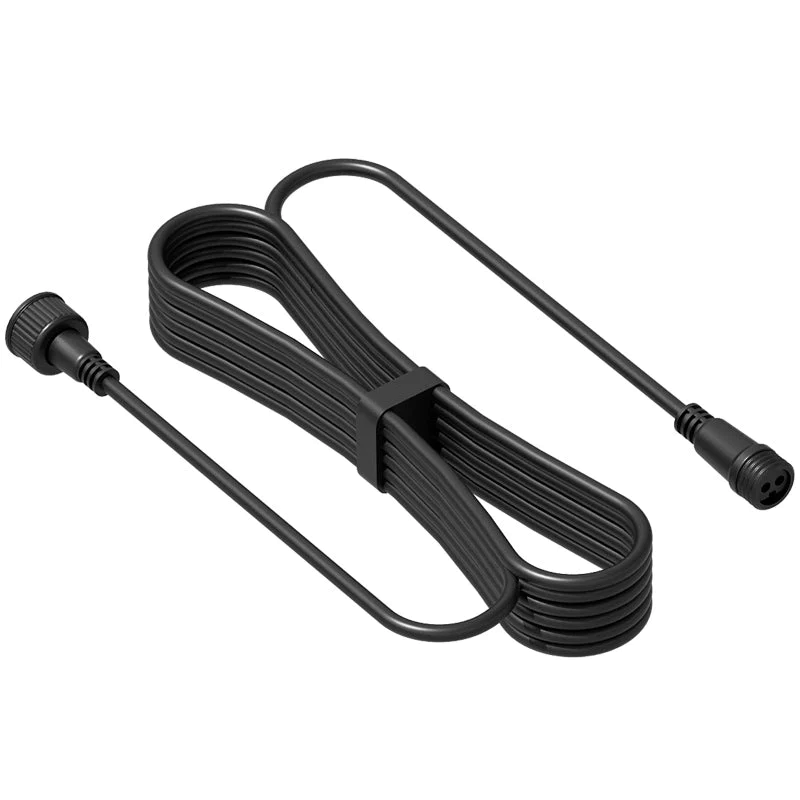
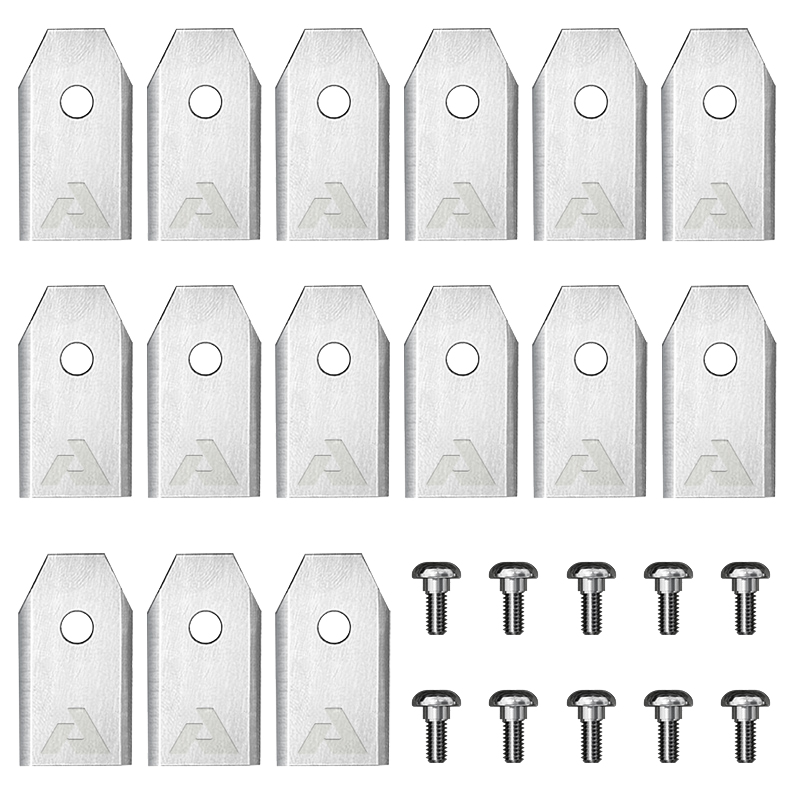
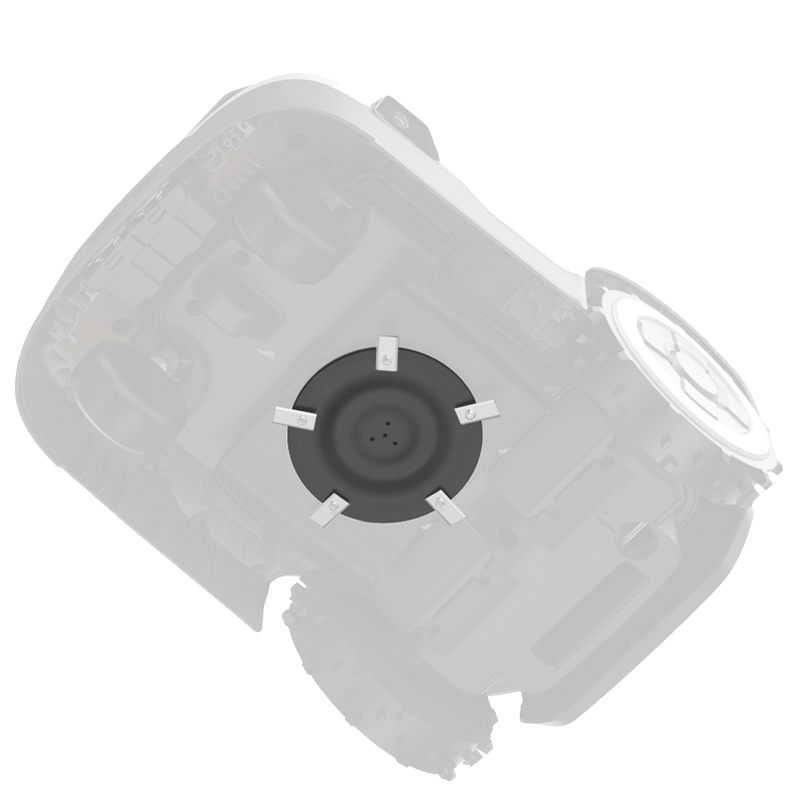
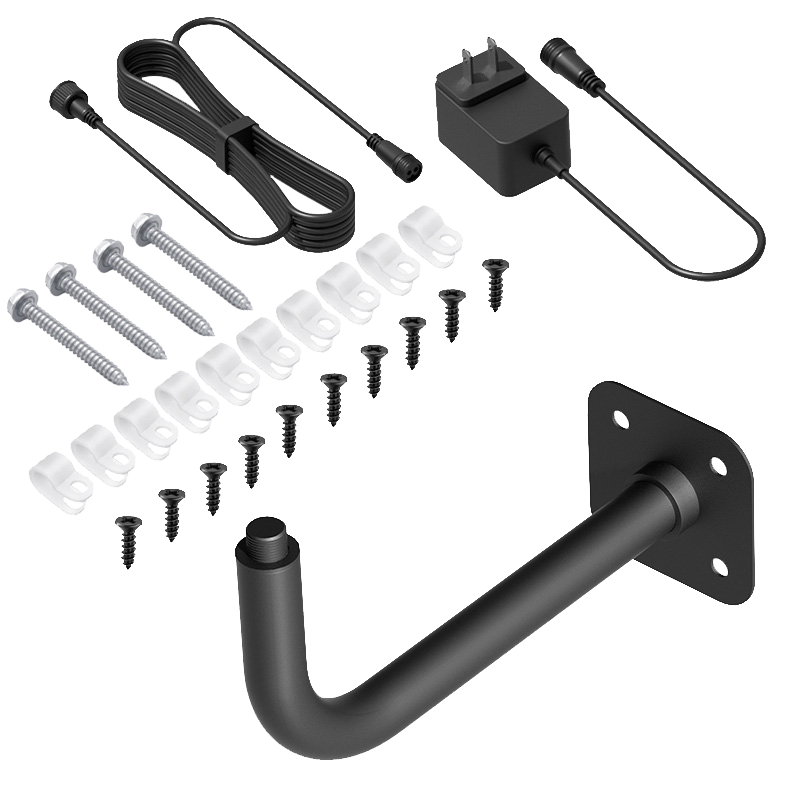
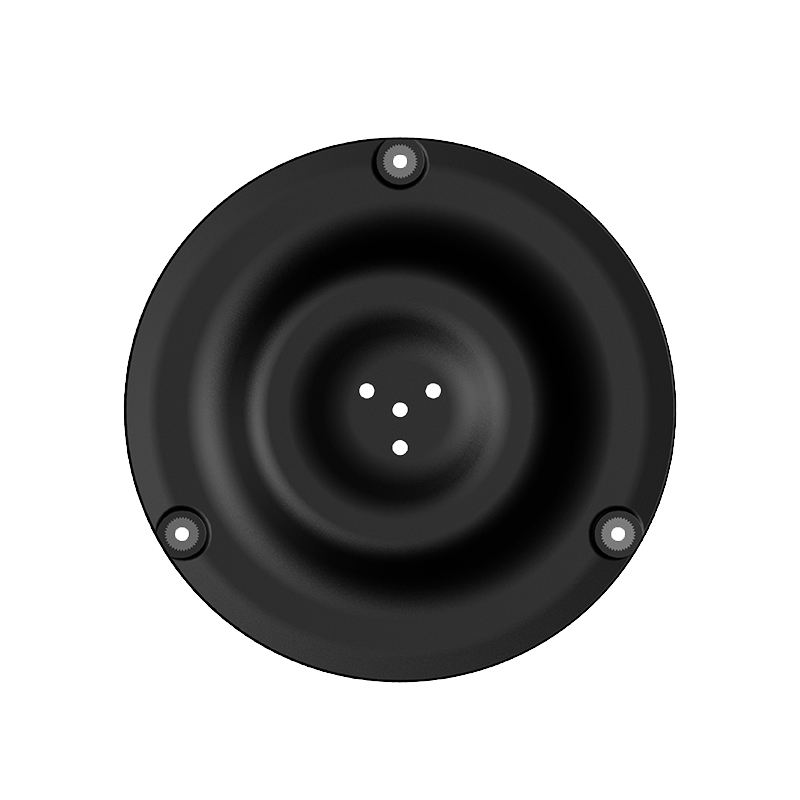
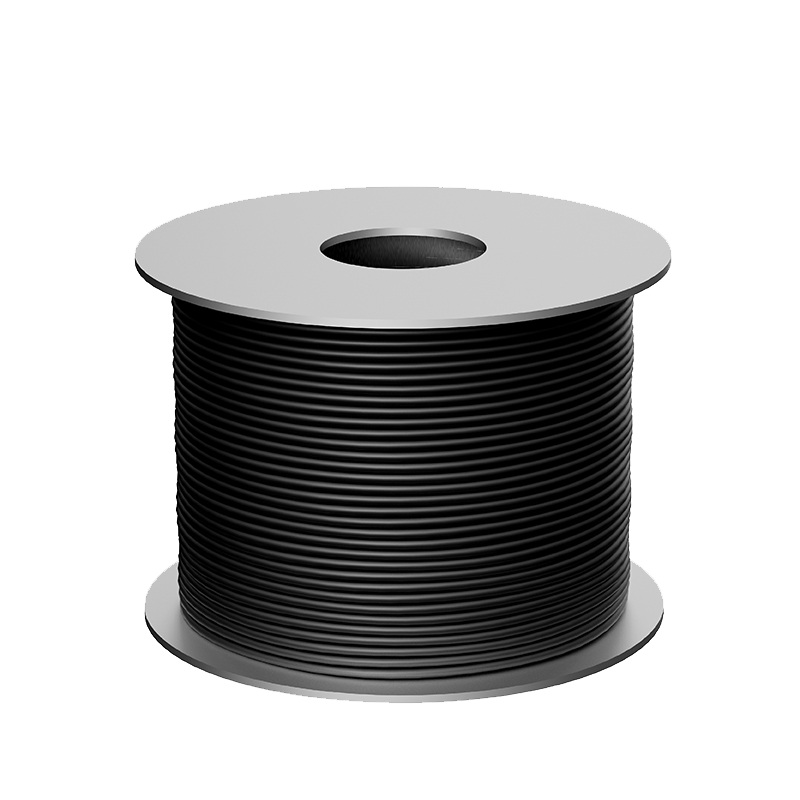
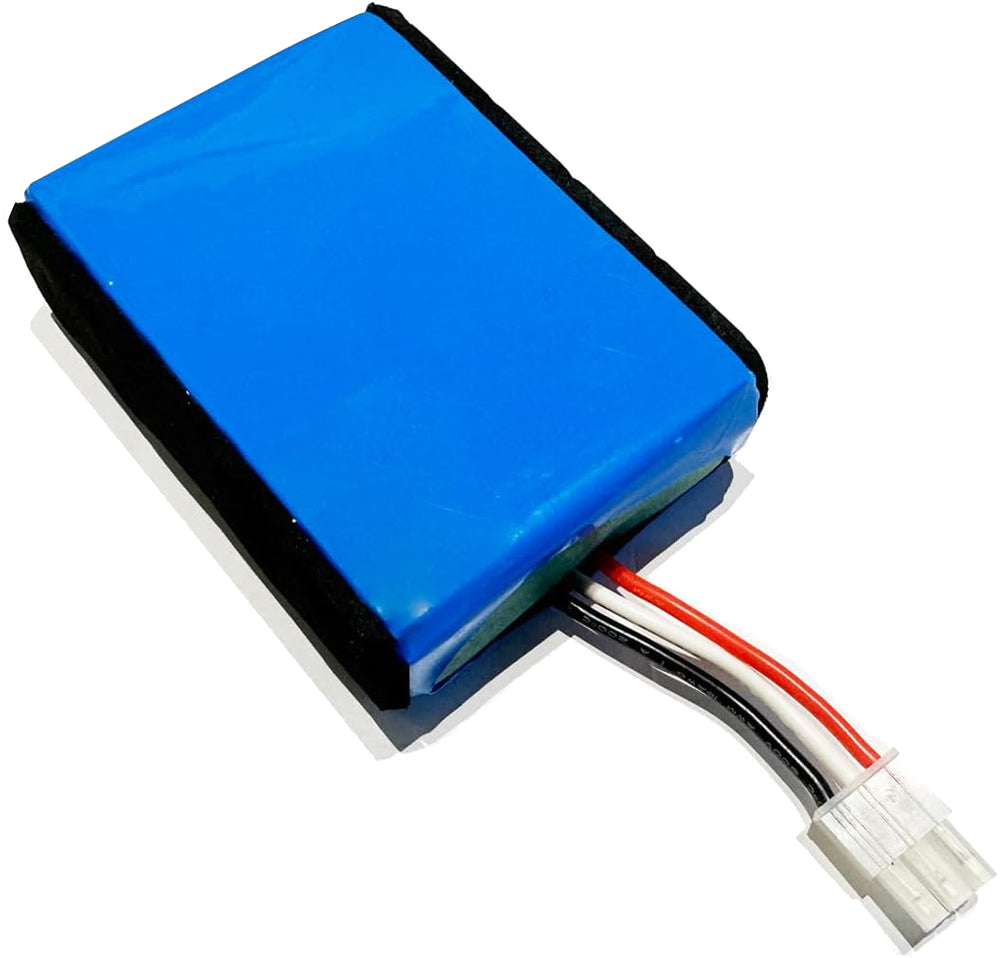

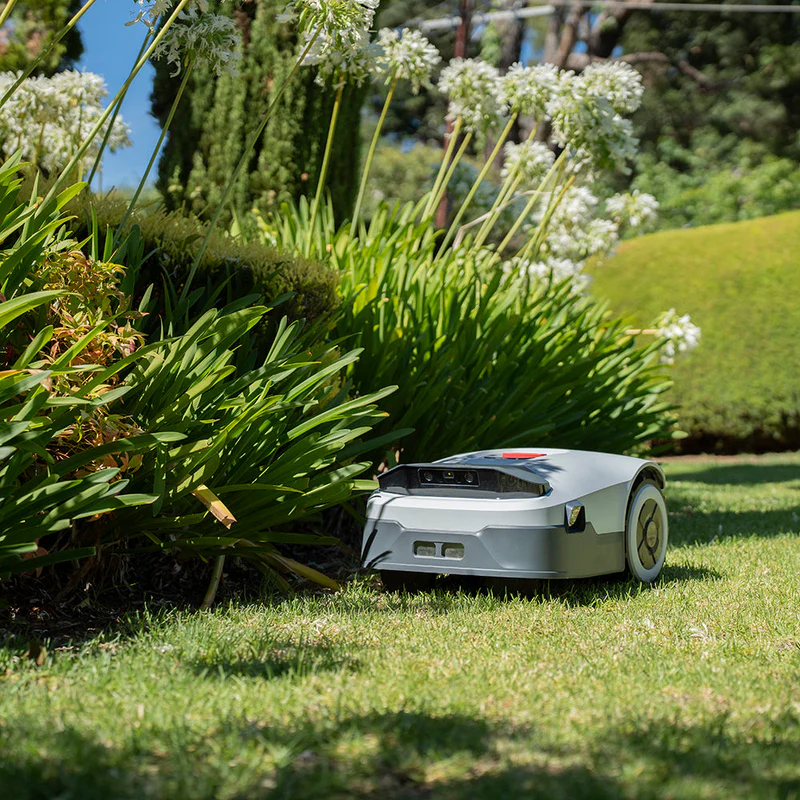

Dejar un comentario
Este sitio está protegido por hCaptcha y se aplican la Política de privacidad de hCaptcha y los Términos del servicio.